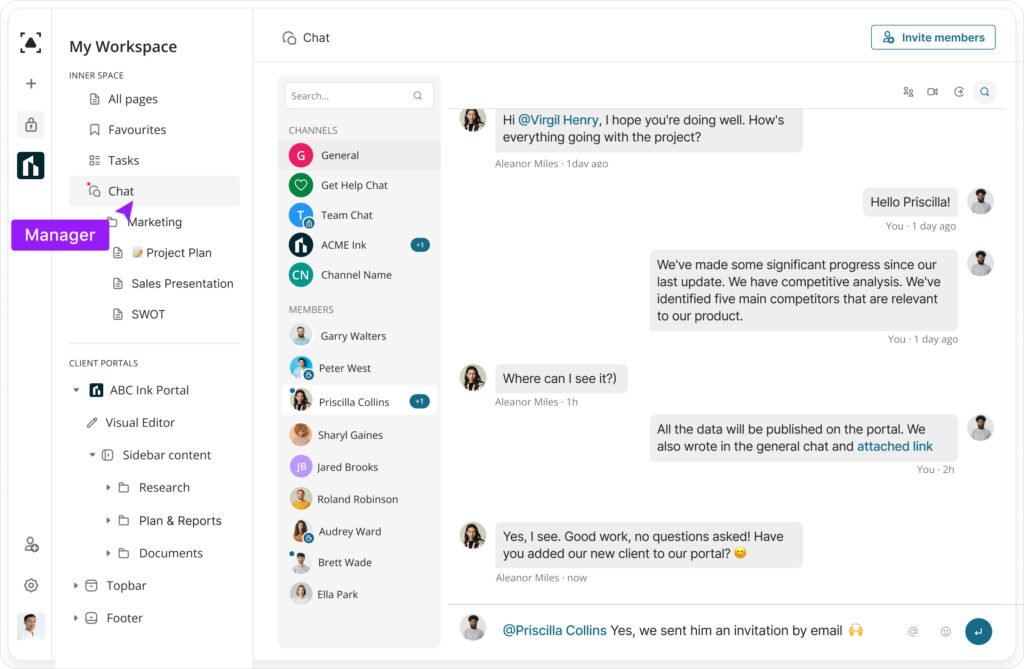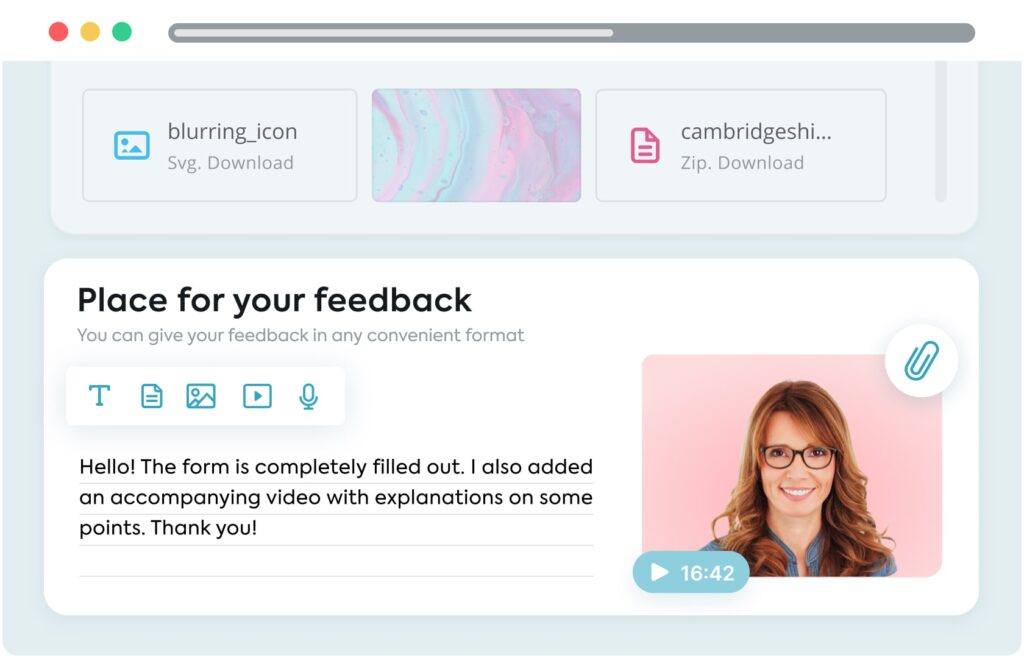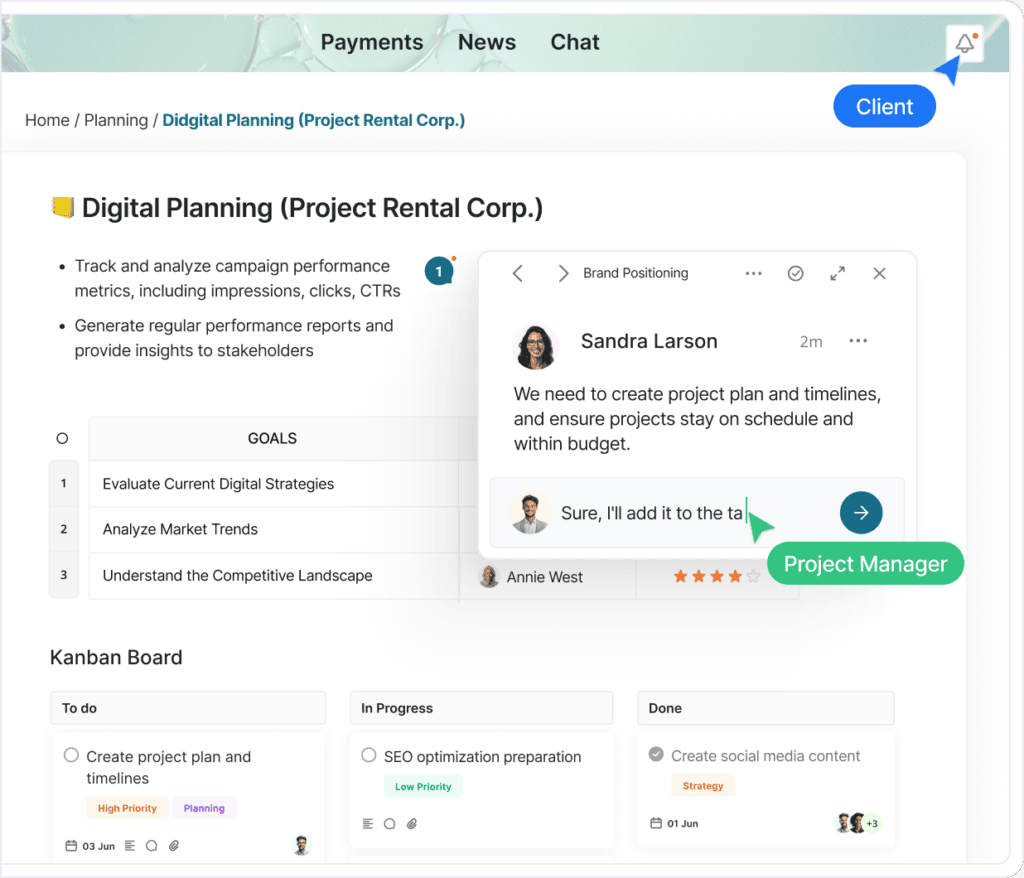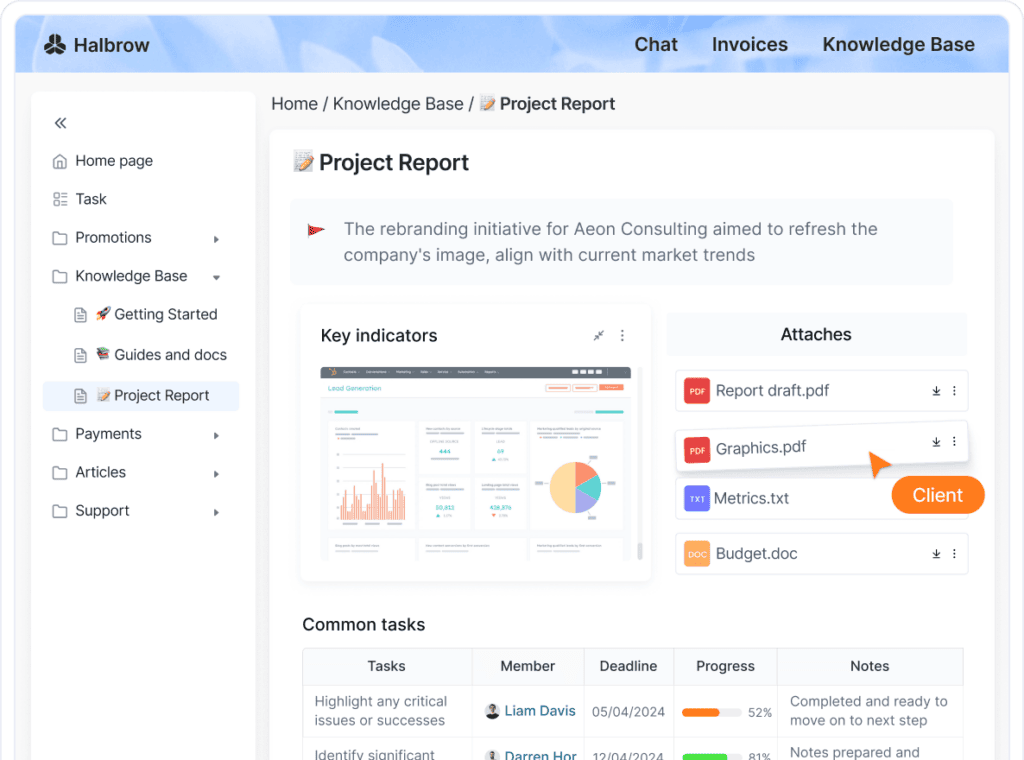
Going paperless has been a trend in recent years. Many businesses prefer to use digital documents and paperless solutions, such as email, document management systems, and mobile devices.
Is going paperless right for your business? Do you know what you need to consider before changing to a paperless office?
There are advantages and disadvantages to going paperless. Before you implement paperless office, you need to explore your options and know what’s required to make the change.
What is a Paperless Office?
A paperless office is one where printed documents aren’t used. This means no more:
- Filing cabinets filled with documents.
- Piles of paper on desks.
- Photocopiers spewing out pages of paper copies.
- Fax machines send out paper messages.
- Printers spitting out letters and paper reports.
- Ink cartridges running dry.
- Waste baskets overflowing with paper.
- Folders stuffed full of paper documents.
A paperless office is where:
- Physical paper is not used.
- Information, such as contracts or agreements, is stored digitally.
- Data is easily accessible.
- Files are easy to find, without needing to look through physical documents.
- Information is shared instantly.
- Communication is instantaneous.
- Knowledge or data is readily available.
The Benefits of a Paperless Office
Going paperless is highly desirable and increasingly popular among businesses because it offers significant advantages over traditional methods of document management.
Here are seven reasons why businesses want to have a paperless office.
1. It saves money
Going paperless will eliminate costs associated with printing and storing physical copies of paper documents, such as contracts, receipts, invoices, or bank statements. This includes the cost of printing and scanning equipment, toner cartridges, ink, paper, filing cabinets, and storage space.
2. It makes it easier to find information

Since everything is stored digitally, it’s much easier to find the information needed because you don’t need to search in filing cabinets or physical folders to look for what you need. When you eliminate paper documents, you need to be more efficient in how you store information.
3. It improves employee productivity
When there isn’t a need to print out documents, it saves time and effort. Employees don’t need to make multiple trips walking back and forth to a printer to retrieve printed paper documents, which means they can spend more of their time focusing on what they need to do.
4. It reduces clutter and the amount of waste produced
When there is no longer a need to print paper documents, it reduces waste and reduces clutter, which means the office will look much cleaner. There isn’t clutter created by storing paper documents on desks or in offices.
5. It reduces energy consumption
A paperless office will help reduce carbon footprint because less energy is needed to operate and less equipment is needed. This also makes it attractive for new employees who would prefer to work in an eco-friendly company.
6. It makes operating an office simpler
This is because employees don’t have to worry whether they have access to a certain printer if they need to print something. This also makes things easier for a company’s IT department, as it eliminates the need to set up equipment and have them connected to an integrated network.

7. It reduces stress in the office
There will be less noise as there won’t be printers in the office. Employees don’t need to worry about misplaced documents or the fear of losing important paperwork. This will also help improve collaboration and communication between employees.
The Disadvantages of a Paperless Office
There are drawbacks to having a paperless office. Here are a few things to consider before changing to one.
1. You may not get all the benefits you expect
If your business does not currently have a paperless office, it might take some time to implement one. You may need to invest in technology, training, and other resources to create one.
If you’re going from a paper office to a paperless office, it may take some time before you see any real benefits. It may take a while before everyone gets used to not dealing with physical documents.
Therefore, when you change to a paperless office, know that you are doing it for long-term benefits, not just short-term gains.
2. It will take time to get everyone onboard and update processes
Having a paper office and dealing with physical documents is a commonly accepted paradigm. That’s how businesses have operated for decades and continue to do so. When you introduce something that challenges that paradigm, not everyone will jump onboard straight away.
It will require a lot of planning and preparation. You will need to provide training and continue to promote the change’s benefits, including how it will make their lives simpler at work if they don’t have to use paper anymore.
It will also require you to update your policies and procedures and establish new contracts to reflect the changes made.
3. You may lose employees and customers
Some employees may not get onboard and may choose to leave, so you need to be prepared for that. Certain customers may prefer to receive physical documents such as paper invoices, contracts, receipts, and quotes.
When you no longer provide a paper option, it may upset some customers who are used to receiving physical documents from your business, and they may go elsewhere.
You will need to communicate well with your customers and let them know you’re switching to a paperless office and give them plenty of notice to get used to not receiving paper documents and being comfortable with digital documents.
4. You need to be aware of any legal implications
Depending on the industry you’re in, for example, if you have a legal business or you own a documents business, you need to know whether you’re legally required to keep physical documents of the contracts you have in place.
This may involve keeping hard copies of contracts and any communication, so there is a paper trail should there ever be any disputes.
The contracts you may have in place include:
- Employment contracts.
- Sales contracts.
- Service contracts.
- Purchasing contracts.
- Leasing contracts.
- Licensing contracts.
- Franchise contracts.
- Joint venture contracts.
- Partnership contracts.
- Performance guarantee contracts.
- Security contracts.
- Supplier contracts.
- Business contracts.
- Legal contracts.
If you don’t know this and change to a paperless office without knowing what the legal implications are, you could face fines, have legal action taken against your business, or in extreme cases, have your business shut down.
5. Paperless offices need more online security
If all your business documents are only available digitally and are online, you are more susceptible to cyberattacks. If your computer network is not secure, confidential contracts and data can be accessed, stolen, or misused by those not authorized to do so.
This means you will need to ensure you have extra security to protect all your business documents.
A paperless office isn’t right for every business. You need to weigh the pros and cons of going paperless. Therefore, consider the advantages and disadvantages of a paperless office before making a decision.
Questions You Need to Ask Before Changing to a Paperless Office
Here are questions you should evaluate before changing to a paperless office.
1. How much time and money will I save?
Even with a reduction in printing and storage costs, how much time and money do you realistically expect to save?
Will your savings projections be offset by the initial investment in new equipment, software, and services?
What about the staff? Will you need to hire additional staff, whether they’re part-time, full-time or contractors?
2. What impact will a paperless office have on my business?
Do I fully understand the implications of a paperless business? Should I have a backup plan?
What will happen to all the paper documents, such as employment contracts, I currently have? Do I have a plan to access existing contracts with employees, contractors, or suppliers?
What impact will this have on my customers and clients? Can I afford to lose customers or clients who may not want to deal with me if I change to a paperless business?
3. Can I actually afford the initial investment?
If I need to buy more equipment, how will I pay for it? Do I need to take out a loan, or can I deduct any additional costs from my operating expenses?
4. Do I have the right IT infrastructure?
Have I got adequate hardware and software? Do I have enough resources in my IT department? Will I need to set up a help desk service? Do I need to pay for additional storage?
5. Are my team members ready for this change?
Are teams onboard, or are they hesitant? How will I deal with resistance when issues arise after the change is made?

What is my plan if I lose team members?
6. Have I considered the legal implications?
What laws and regulations do I need to be aware of to ensure I am meeting my legal obligations when implementing a paperless office?
Have I got all my contracts in place? Will I be required to establish new contracts with employees, clients, and suppliers? Do I need to get more legal advice?
7. What processes can I automate?
Can I change all my processes to paperless processes? How will I know what processes I can eliminate or automate? If I automate processes, will I violate any contracts I have agreed to?
What new workflows do I need to introduce?
8. How will I keep up with changing technology?
As new technology becomes available, how will keep up and change what’s necessary? Am I prepared to continue to invest in new technology as it becomes available?
9. Do I have the right culture to introduce a paperless office?
Do I believe teams will collaborate and support each other during the initial stages? What new culture do I want to promote, and how will I lead my teams?
10. How will I measure success?
What metrics should I measure that will show whether I am getting the returns I had expected? If things are not on track, how will I deal with it?
10 Steps You Will Need to Take to Create a Paperless Business
Having a paperless business is an exciting and challenging venture that will lead to time and money savings, while improving efficiency and productivity. There are many steps you can take to create a successful paperless business.
Here are ten steps that will help you create a paperless business.
1. Create a vision for your paperless business
You need to know what you are aiming towards. That is your starting point. Describe in detail what you want your paperless business to look like.
Articulate how your business will carry out its day-to-day functions and how employees will work together. Identify how teams will interact with each other once paper documents are eliminated. For those dealing with customers or clients directly, identify what that will look like.
Describe where you would like your business to be in the short term and long term. Identify the benefits you hope to gain when you switch to a paperless office.
2. Develop a project plan and establish a budget

Setting a budget will ensure you control your costs and do not unknowingly overspend. This means you will need to appoint someone, maybe yourself, to be responsible for the project costs.
When you create a project plan, establish timelines based on the resources you currently have and what you can afford. Also, set milestones that will indicate whether you’re on track and staying within budget.
3. Conduct an audit of all your processes that require printed documents
Before you can switch to a paperless office, you must know all the processes that currently use printed documents. This is a great opportunity to improve your processes by eliminating unnecessary tasks, while reducing resources required.
Be willing to challenge how things have always been done. Ask why questions. Find out why processes need printed paper documents. For example, you may find there are contracts in place that require you to keep physical documents.
Find out what the implications are if printed documents are not used anymore.
4. Establish a pilot project and start small
Moving paperless is not a small task, which is why it’s advisable not to change your entire business if you have many departments or teams.
Choose a team or department on which to test your paperless office strategy. This is an opportunity for your teams to collaborate on one project, knowing that their input and performance are critical to its success.

Review all manual processes and look for solutions to move legal contracts online. Identify steps to make it easier for stakeholders and customers or clients to sign contracts. Also, identify if you need to introduce contract automation procedures.
Get input from the team on ways to store documents. If a document requires an electronic signature, identify what’s needed to make it happen.
5. Research and invest in the technology needed
This involves reviewing your IT infrastructure to determine whether it is adequate. Identify whether you need legal software or any other office software for digitizing documents.
Also, identify what hardware you will need. This includes new computers, mobile devices, or tablets. You also need to ensure you have adequate cloud storage space since all your documents and data will now be online.
6. Automate processes and eliminate manual tasks
When digitizing, you need to emphasize eliminating manual processes. This will not only save time but also reduce human errors.
If you currently have a manual process when dealing with contracts, introduce a contract automation platform or process.
If physical documents are currently stored, identify ways to store documents digitally.
7. Provide employee training sessions on ways to eliminate paperwork
Your employees will need time to adjust to new ways of doing things that they have become so accustomed to doing.
Conduct training sessions to ensure your business teams are working towards a common goal, which is to have a paperless business.
It’s important to give teams the space to voice their concerns and get their input to make things easier as you work towards your goal.
8. Implement a workflow system
Part of changing to a paperless business is having a workflow system to manage processes, projects, and tasks while keeping everything organized.
A workflow system will allow you to track all your processes, manage the performance of your teams, and provide visibility into each step of the process.
9. Promote a culture of collaboration and teamwork
Culture starts from the top and flows down. This means that if you’re a leader or manager in the business, you need to set an example of the kind of collaboration and teamwork you want.
When you have a culture of collaboration, communication between teams will improve, things will get done faster and more efficiently, and your business will be more successful.
Determine whether you want to introduce incentives and reward those who go above and beyond what’s expected.
10. Elicit feedback and conduct regular reviews
The success of your initiative will depend on the people who will be working in a paperless office. This means their feedback is critical.
Conduct regular reviews to evaluate your business’s performance. Ask questions about what’s working and what needs improvement.
Get recommendations from your teams and your key stakeholders. Ask them what processes they would like to see improve.
Also, remember to include your customers and clients as they will be affected too.
How To Implement A Paperless Business With FuseBase

If you want to have a paperless business, you need tools that will make it easier to eliminate paper-based processes and digitize your business.
FuseBase offers a range of tools that can support you when implementing a paperless business.
These tools include:
- Online notes and super documents for all your digital document creation, management, and storage. You can also search text images and documents using optical character recognition (OCR) technology, which makes it much easier to search for what you’re looking for.
- FuseBase Comments & Chat is used to communicate with team members using private or public channels and private messages.
- Client portals to manage all your customer interactions and transactions.
- Task management system to better track tasks and deadlines.
- Nimbus Capture to create annotated screenshots and screen recordings, or automatically turn them into step-by-step tutorials!
Eliminate paper piles from your workspace with FuseBase!
Found it useful? Share the article with your community
Subscribe to our blog!
Get weekly tips and insights on how to grow your business